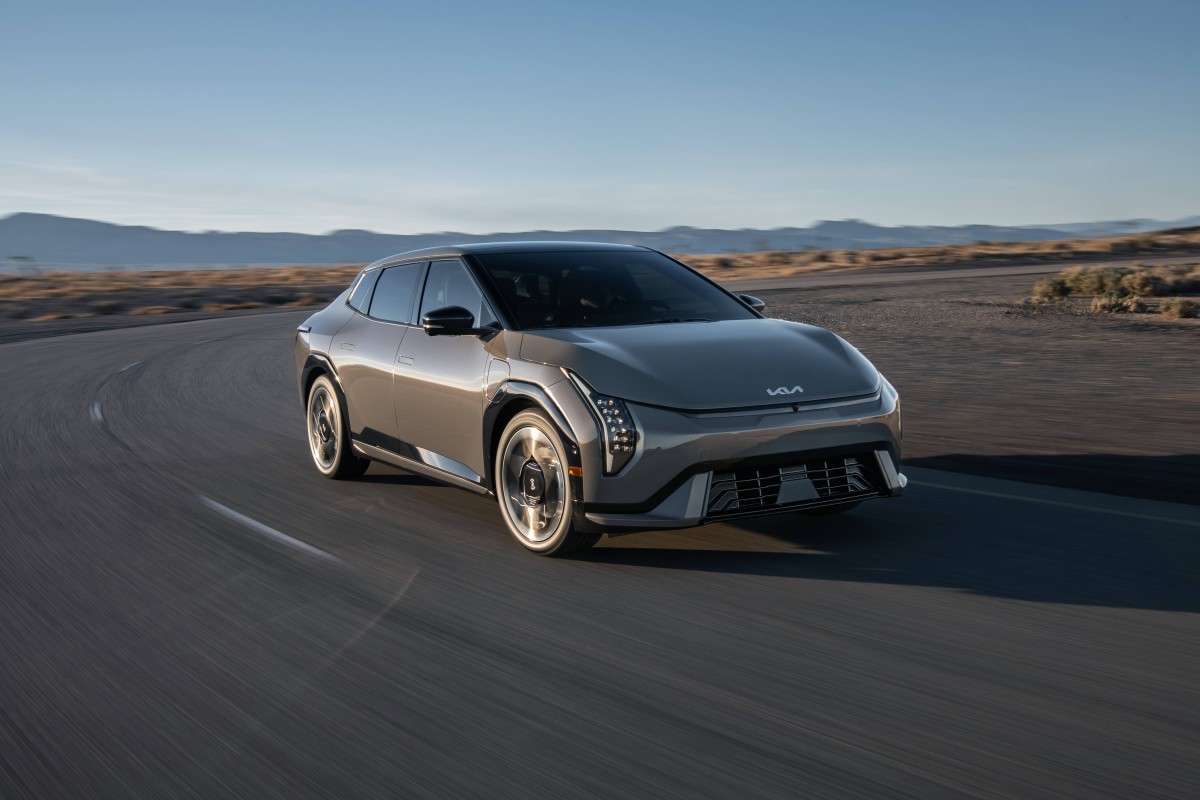(NSI News Source Info) February 25, 2009: The U.S. B-2 bomber takes a lot of heat for its high price. The 21 that were built ended up costing $2.1 billion each. About half of that was development expense. Actual construction costs for each of those aircraft was about $933 million each. Still pretty high, mainly because a lot of special machinery and factories had to be built to manufacture the many custom components. 

The Northrop Grumman B-2 Spirit (also known as the Stealth Bomber) is a multirole heavy bomber with "low observable" stealth technology capable of penetrating dense anti-aircraft defenses to deploy both conventional and nuclear weapons. Because of its considerable capital and operations costs, the project was controversial in Congress and among Pentagon brass during its development and placement into service. During the late 1980s and early 1990s, the United States scaled back initial plans to purchase 132 of the bombers. By the mid 1990s, Congress made appropriations to purchase a total fleet of just 21 of the bombers.
The cost of each air vehicle averaged US$737 million per plane in 1997 dollars. Total procurement costs averaged US$929 million per plane, which includes spare parts, equipment, retrofitting, and software support. The total program cost, which includes development, engineering, and testing, averaged US$2.1 billion per aircraft in 1997 dollars.
Twenty B-2s are operated by the United States Air Force. Though originally designed in the 1980s for Cold War operations scenarios, B-2s have been used in combat to drop bombs on Kosovo in the late 1990s, and see continued use during the ongoing wars in Iraq and Afghanistan. One aircraft was lost when it crashed on takeoff in 2008.
The air force likes to point out that if the original (1986) plan had been followed, each B-2 would have cost $438 million each. But then the entire program would have cost $58.2 billion, versus $44.3 billion for the 21 plane program (which included $10 billion more R&D expense).
New technology gives a weapon, especially an aircraft, an edge in combat. But since World War II, most military technology has been developed in peacetime conditions. This means it is more than twice as expensive, as there is no wartime urgency to overcome bureaucratic inertia (and emphasis on covering your ass, which is very time consuming and expensive) and hesitation (because you don't have a war going on to settle disputes over what will work best). Developing this technology takes longer in peacetime, which also raises the cost, and fewer units of a new weapon are produced (driving up the amount of development cost each weapon will have to carry.) If several hundred B-2s were produced under wartime conditions, each aircraft would have probably cost $200 million each, or less. In other words, a tenth of what it actually cost.



















No comments:
Post a Comment